Released: 21st December 2005
Writers: Jörgen Elofsson / Bill Padley / Jem Godfrey
Peak position: #1
Chart run: 1-1-1-1-5-6-7-10-12-22-33-42-57-44-62-67-36-34-49-62-75
After emerging victorious on series two of The X Factor, Shayne Ward’s debut single showed just how much of a grip the show was about to exert over the charts for much of the following decade.

There’s much about the second series of The X Factor that – in hindsight – would appear formative compared to the pop culture juggernaut it evolved into. However, the comparative simplicity of 2005 wasn’t without memorably chaotic moments. This is the year that Simon Cowell voted to send his own act – the Conway Sisters – home (the drama of deadlock didn’t exist until a fourth judge was added to the panel), and Sharon Osbourne threw a glass of water over Louis Walsh on live television. The show had started to find its rhythm, but the most significant change came in how it approached the eventual winner’s single. When Steve Brookstein won the first series in December 2004, his cover of Against All Odds arrived just over a week later. It avoided being in contention for the Christmas #1 (and wouldn’t have sold enough to beat Band Aid 20, in any case) but did eventually top the chart – with sales of 26,400 copies – in the quieter January period.
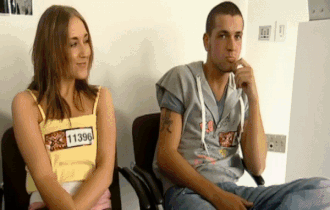
For series two, however, the strategy intensified to aim for the coveted #1 spot in the festive chart. The turnaround time to get the single to retail was also shortened, with physical copies pressed as soon as the winner was announced on Saturday to be on sale by Wednesday. Furthermore, this time, it would be an original song: That’s My Goal. Which version would be released wasn’t a foregone conclusion, though, because the final between Shayne Ward and Andy Abraham was exceptionally close. Both had been consistently popular during the series (leaked voting figures showed Andy Abraham topped the public vote at least three times). In the end, though, Shayne Ward triumphed, drawing 1.2% more of the 10.8 million votes cast, and, truthfully, it’s the result that The X Factor needed. Andy Abraham would almost certainly have followed a similar trajectory to Steve Brookstein with a debut album of soul and ballad standards timed to coincide with Mother’s Day (which is precisely what happened a few months later). He was a good singer but not a pop star, and that’s where Shayne Ward differed.
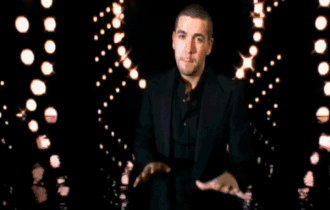
It wasn’t yet clear precisely what musical direction he’d pursue beyond the show, and there’s a credible argument that, in hindsight, Syco and Sony BMG weren’t anywhere near as creative as they could’ve been. Nonetheless, Shayne Ward had potential. First, though, came the inaugural rite of passage for most X Factor winners in the ‘00s: a song chosen because it was indistinct enough to be a functional debut for whoever won on the night. That’s My Goal would be released either way; the only interchangeable element was whose vocals would be on it. That doesn’t necessarily sound like a glowing endorsement of quality, but there’s a crucial redeeming feature here: it’s one of three X Factor winner’s singles that isn’t a cover. The track stands out for that reason, particularly when the others – Matt Terry’s When Christmas Comes Around and Rak-Su’s Dimelo – came over a decade later in the show’s run.
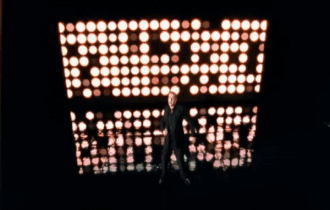
While That’s My Goal is an original track, it’s not necessarily unique. It follows the formula of TV talent show singles – particularly those involving Simon Cowell – from which few deviated. It was composed by a reliable team of songwriters and producers. Jörgen Elofsson, Per Magnusson and David Kreuger already had notable form in this area; they were responsible for Evergreen, which was initially recorded by Westlife but became the inaugural hit for Will Young after Pop Idol. Meanwhile, Jem Godfrey and Bill Padley helped create Atomic Kitten’s hugely successful Whole Again, among others. That’s My Goal is, thus, very much a product of a collective expertise in crafting soaring ‘00s pop balladry. There are no surprises here, but the execution is flawless.
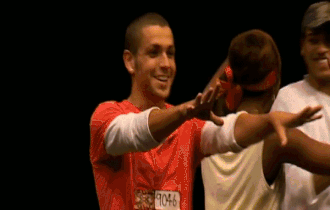
Though That’s My Goal is, fundamentally, a love song, there’s enough subtext within the lyrics – certainly during the first verse – for it to come across as a personal reflection from Shayne Ward on his X Factor experience: “You know where I’ve come from, you know my story, you know why I’m standing here tonight”. It’s a nice touch that shows some acknowledgement of the circumstances in which the single existed. Those parallels become slightly more strained as the song progresses (“Please don’t go, you know that I need you, I can’t breathe without you, live without you, be without you”); even so, part of That’s My Goal’s appeal is getting swept along in the moment, and there’s plenty of opportunity to do that.
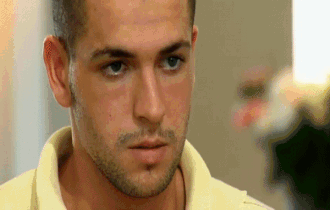
Despite the track not being explicitly written for Shayne Ward, he owns the performance. Every word is sung with an earnest sincerity that conveys without any doubt the significance of what this opportunity means to him. The production plays on that as well; it’s not until the second verse that the bass and beat properly kick in, giving the build-up a sense of profound rumination (“Well, I know I’ve acted foolish, but I promise you, no more, I’ve finally found that something, worth reaching for…”). As That’s My Goal becomes more involved, the addition of a stirring string accompaniment facilitates it evolving into a triumphant statement of victory: “Well, I won’t stop believing, that we will be leaving together, so when I say, I love you, I mean it forever and ever…ever and ever” by Shayne Ward that is thoroughly endearing.
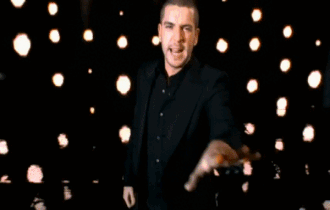
Fittingly, given the songwriting talent involved in That’s My Goal, the chorus soars with a rousing, lighters-in-the-air melody: “I’m not here to say I’m sorry, I’m not here to lie to you, I’m here to say I’m ready, that I’ve finally thought it through; I’m not here to let your love go, I’m not giving up, oh, no, I’m here to win your heart and soul, that’s my goal”. The track reaches its crescendo with a key change whose fist-pumping euphoria is matched only by its sheer inevitability. Immediately after the transition (“I’m not here to say I’m sorry…”), there’s a falsetto run by Shayne Ward, which the arrangement makes surprisingly little of. Still, it demonstrates the impressive range in his voice, which future material was more conscious of showcasing. Not that it’s detrimental to That’s My Goal, which delivers the commemorative musical spectacle required for the occasion.
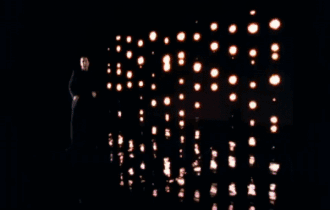
The original music video for That’s My Goal is, understandably, a rush job considering how hastily it needed to be edited and released. However, it demonstrates how much better The X Factor streamlined the whole process for series two. Unlike the previous year, where a clip reel accompanied Against All Odds, there is some newly shot footage of Shayne Ward singing That’s My Goal. It’s very on-brand for a winner’s single, set in a studio completely shrouded by darkness other than a giant screen with visual light effects that reflect in water on the floor. The concept, though simple, is well-suited to the song and this style of balladry. Furthermore, it seamlessly extrapolates the pyrotechnics and confetti-falling-from-the-ceiling atmosphere of the X Factor finale to feel like a continuation of Shayne Ward’s journey through the show.
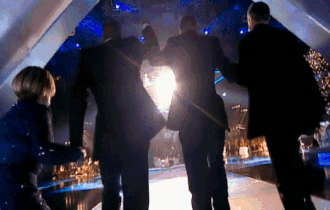
That’s in no small part because the video also functions as an extended highlight reel, featuring clips of him from the auditions to the moment Kate Thornton dramatically announces his name as the winner (timed with the key change, naturally). It’s an aspect of That’s My Goal which does serve as a reminder that the single is, in many respects, still as much a souvenir product of The X Factor as it is Shayne Ward’s debut proper because the show had yet to try and draw a distinction between the two as it did for later series’.
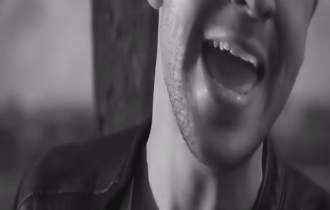
A second video was later created with the plan of pushing That’s My Goal internationally (which did happen in some territories). This time, the visuals are black-and-white, with Shayne Ward and his love interest portraying a melodramatic relationship. There are shots aplenty of both wandering through fields and gazing into the distance while also forlornly embracing. It certainly showcases how Shayne Ward naturally slipped into the role of being a pop star because he has a commanding screen presence and sells the emotion with total sincerity.
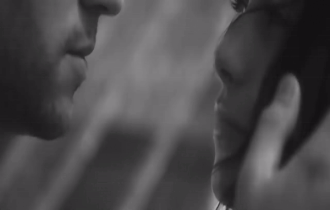
Functionally, nothing would appear glaringly mismatched if almost any other act had released That’s My Goal with this video. Indeed, the alternative concept is much closer to the sentiment most of the lyrics convey. But context is everything, and from a UK perspective, it’s difficult – if not impossible – to disassociate the more serious, sombre tone from the celebratory pomp that is such an integral part of the song’s identity. If anything, seeing That’s My Goal presented in such a different way merely reinforces just how well the original package was put together, despite its many clichés.
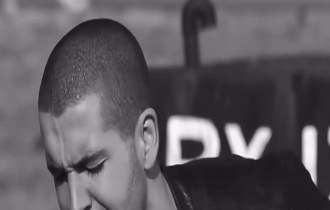
In terms of viewing figures, The X Factor’s second series wasn’t substantially more popular than the first (9.9 million people tuned in for the final results, compared to 9.6 million the previous year). However, it most certainly galvanised audience engagement in a measurably different way. Part of that was the logistical benefit of reducing the turnaround time of the single to three days (with a download also available immediately) and capitalising on the momentum. That’s My Goal sold 313,000 copies when the CD became available on the Wednesday after the final and claimed the Christmas #1 with total first-week sales of 742,000 (in 10 days, it became the second-biggest selling single of 2005). The track remained atop the chart for a month and spent over five months in the top 75. Such was the scale of That’s My Goal’s accomplishments (it remains among the most successful debuts of all time) that it won an Ivor Novello Award in 2006 for Best-Selling British Song.
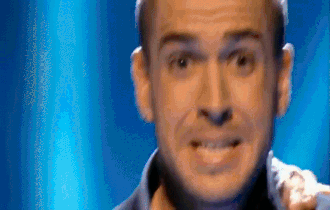
In every possible regard, the track delivered a commercial improvement on Against All Odds by some considerable margin. Furthermore, this was when the traditional race for Christmas #1 ended for much of the rest of the decade (indeed, it was never really the same again) because few – if any – acts could compete with The X Factor’s dominance on anything approaching this level. Yet, while many elements of the strategy behind That’s My Goal remained the same in pushing a winner’s single out within days of the final, the decision to use original material was swiftly abandoned.
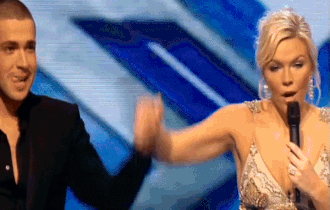
This was, undoubtedly, an easier choice, and some of the covers were well-judged, though only two – Alexandra Burke’s Hallelujah and James Arthur’s Impossible – outsold That’s My Goal. However, a fair few are either poorly suited to the winning act (When You Believe) or lazily chosen (The Climb). Therefore, it’s surprising that The X Factor seemed unwilling for so long to occasionally mix things up with an original song, given how well it worked for Shayne Ward. In some respects, by remaining so steadfast in that approach, as the show’s popularity grew, it became the architect of its own reputation for cynical, soulless winners singles.
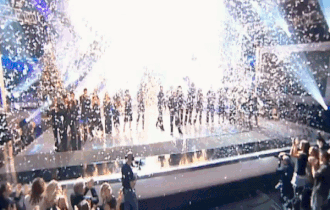
That’s My Goal will never be revered as a pinnacle of creativity for UK pop music; it wasn’t ever supposed to be. Nonetheless, the track at least shows a willingness to try. Moreover, it gave Shayne Ward a song with an identity of its own rather than one whose popularity and achievement will always be measured relative to other versions. That’s something few other X Factor winners have.



